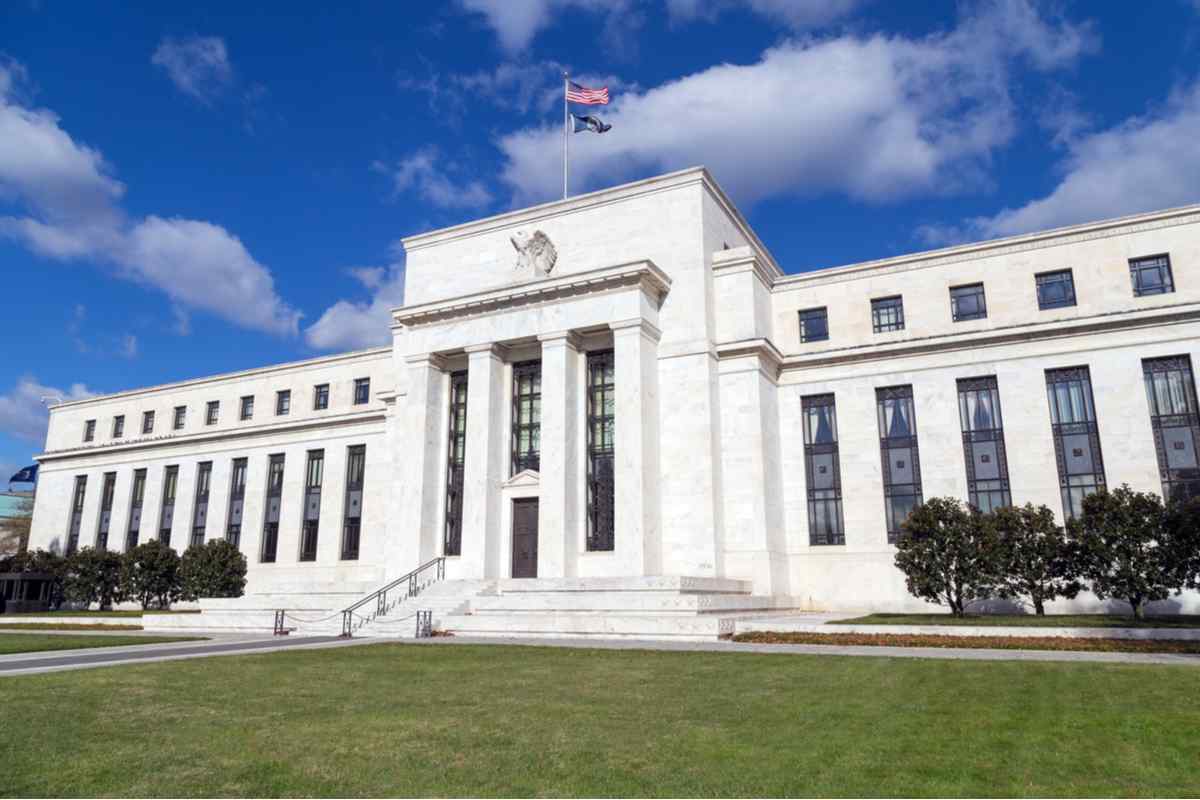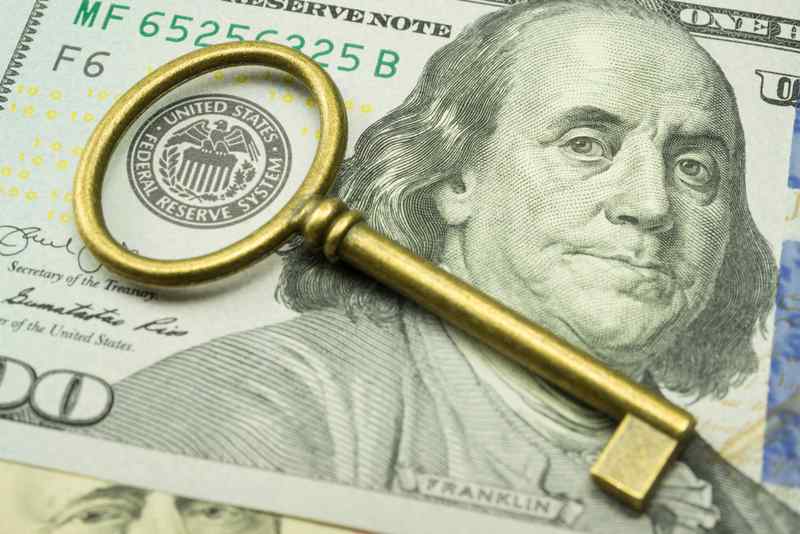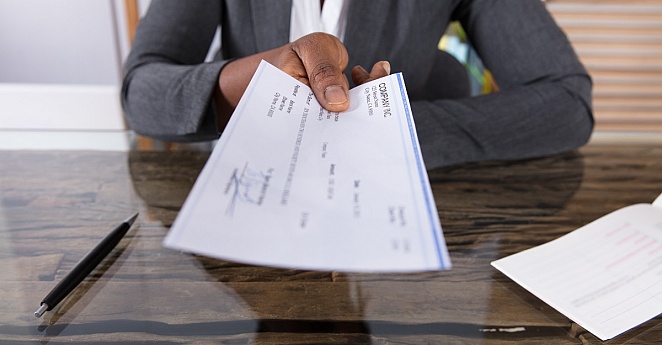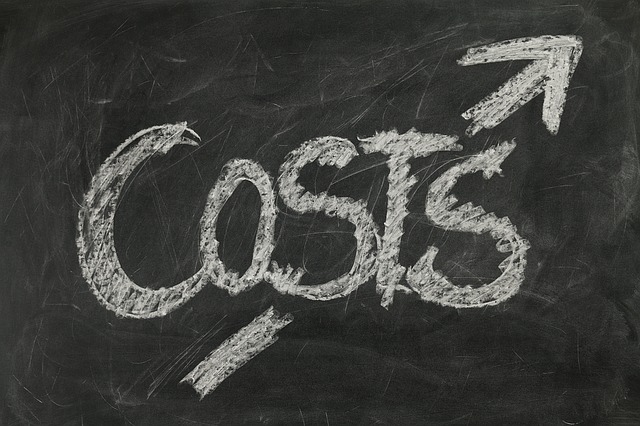How Coin Shortages Affect the Consumer
By now, you've probably noticed the signs in banks, store windows, and supermarket checkouts informing you that the U.S. is experiencing a coin shortage. You may have felt the effects of this firsthand: a cashier asking you to pay with either card or exact change, or stores unable to split a bill. Perhaps you've come up short at a coin-operated vending machine or laundromat. The coin shortage has been one of the oddest, yet widespread, affects of COVID-19 on the U.S., and it's affecting us all. For some of us, the effects are subtle. For others, they threaten the means of survival.
History of Coin Shortages in the U.S.
This isn't the first time the U.S. has experienced a coin shortage by any means. The history of coin shortages dates back to the 1860s, during the Civil War era. Paper bills were being introduced, and Americans on both sides of the country were concerned the new currency would not be accepted as legal tender. People began intentionally hoarding coins, leading to a shortage. In response to Americans' fear over the legitimacy of paper money, the U.S. Government introduced a now-decommissioned form of payment called "postal currency."

The second notable coin shortage came in the wake of the Great Depression. Americans feared losing their wealth due to bank failure, causing them to store their money elsewhere.
The last coin shortage Americans experienced to date was in the 1960s. This shortage spurned the creation of a new bureau within the Department of Treasury, The United States Mint.
Though the circumstances for shortages have been vastly different, this effect on the economy is not unheard of. So why the shortage in 2020?
Reasons for a Coin Shortage in 2020
Experts point to three underlying reasons, the biggest of which is reduced circulation. As people continue to stay home from work, school, and their usual social activities, fewer coins have been used in lieu of online purchases, and less money in general.
It’s Like a Broken Circuit
The cycle of coin circulation can be liked to a circuit. If one part of that circuit is disrupted, the entire system breaks down. Coins are distributed to banks from the Mint. Banks then transfer these coins to their customers. Transactions in every sector of the economy direct coins back to banks, who keep the coins in circulation by sending them back to the U.S. Mint for refurbishment.
Due to shutdowns across the country, businesses have closed their doors and customers have stopped making as many purchases in cash, creating a speed bump in the circuit. This has had a cascading effect resulting in greater pressure on the Federal Reserve due to over demand.
The U.S. Reserve, Banks, and Coin Production Companies
The U.S. Reserve has had to be more stringent about how much, and to whom, they distribute money. Bank branches have had to deal with cut-backs, but small business owners, who can no longer request unlimited amounts of money, have felt the consequences of this the most.
To some extent, the shortage results from coin production companies cutting down on staff and reducing operation hours to maintain a safer workplace.
Merchants
The third reason for the coin shortage has to do with merchants' concerns over sanitation. As part of their safety protocol, some retailers won't accept cash at all, favoring contactless payment methods such as credit or debit.
However, not all retailers can accept modern payment methods by the nature of their industry. Right now, businesses that predominantly accept cash only, such as arcades, vending machines, parking meters, food trucks, and coin-op laundromats, have been thrown into a slight panic. Stoppages at the lowest level of the coin circulation chain have been the most disruptive.
What the Coin Shortage Means for Consumers

Many Americans now find that if they aren't careful with their spare change, they may not be able to purchase necessarily living supplies or even wash their clothes.
Goods may also cost more due to the shortage. Some retailers are only accepting exact change and are not giving customers change back if they cannot pay the exact amount. This means that retailers must round up prices, resulting in higher costs to the consumer.
The coin shortage heavily impacts small businesses and the unbanked and under-banked population that already depend on payday loans with no bank account.
Look for a Rise in Loyalty Programs
Many small businesses don't accept credit or, at the very least, do not prefer it due to swipe fees and other costs tied to credit terminals. To curb customer losses, some small businesses and even large chain retailers are offering alternative incentives in lieu of change back. Incentives include everything from loyalty programs or store credit to free items.
These customer loyalty rewards are something of a throwback to local economies of the past, dating back to the 1800s when businesses created private currencies to retain customer loyalty. U.S. legal tender was used to purchase currency that was not transferable between companies. This seemed to be a successful model for many businesses until Congress put a stop to it. On a smaller scale, this type of trade is what we're now seeing in light of coin shortages, which is restricting companies from conducting business as usual.
Risks for the Under-Banked
Perhaps the most troubling and time-sensitive factor of the coin shortage is its effect on the U.S.'s unbanked and under-banked population. According to an FDIC survey, approximately 17.9% of people in the U.S. are under-banked. Another 6% of people do not have a bank account at all.
"Under-banked" is defined as anyone who has a bank account and regularly uses alternative financial instruments such as payday loans, check cashing services, or money orders.
It is estimated that 26% of all transactions in the U.S. are done in cash. The unbanked and under-banked make up a large portion of that 26%. Unbanked and under-banked people tend to be low income and often trade in cash.
Right now, low-income and unemployed people do not have the access to cash that they used to. This has had a detrimental effect on many people's ability to get around and pay for necessities. For those without a smartphone, this is even more problematic.
What the Future May Bring
Over the past few decades, cash has been steadily phasing out. The current coin shortage is only expediting that process. Nowadays, consumers have almost no limits on how they can make transactions. Credit and debit are accepted by most merchants, with some even adopting Android Pay, Apple Pay, and mobile payment apps such as CashApp and Venmo.
Americans fortunate enough not to rely on cash as their sole means of survival may not be too worried if cash becomes obsolete. However, it will take an immeasurable toll on those without bank accounts or access to means of electronic payments.





